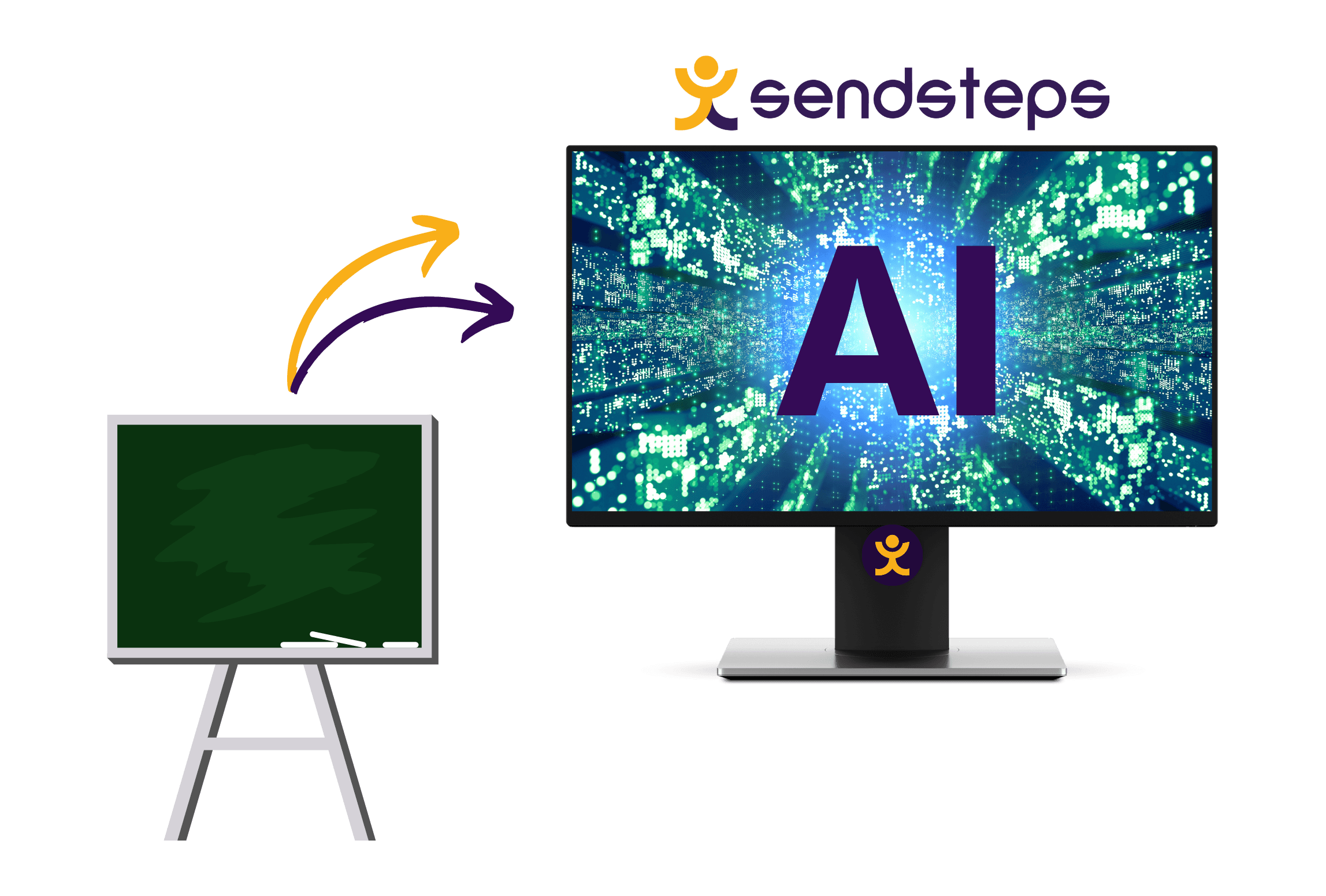5 Brainstorming Techniques For Students To Get Their Creativity Flowing + Free Template
Creativity is one of the most useful skills that students can use in class and out of it, but how can you make sure that your students are getting the most out of their creative thinking? Through practice and exposure to brainstorming activities in school and at home. Here are 5 brainstorming techniques that will help your students develop their own creative processes and encourage them to get their ideas out of their heads and onto paper.
While traditional brainstorm sessions work just fine there are ways to make this process easier and more effective. By using Sendsteps audience response system you allow your students to give their answers to your brainstorm questions through their mobile phone. The results will be shown real-time on the screen. Simply add Sendsteps to your well-beloved PowerPoint or create a presentation in our web application and let the fun begin!
1. Multi-purpose object

A pencil can be used for so much more than just writing! It can also be used as a drumstick, a toothpick, a bookmark, a hair tie, or a miniature sword. Pick a random object and let your students brainstorm about all the different purposes it can have. Let them send in their answers through open ended questions and review their answers.
2. Deserted island
If you were stranded on a deserted island, what would you take with you? This is a classic brainstorming technique that can be used to get students thinking about what they would need to survive. To make it more challenging, you can ask them to name three items that they would take to an inhabited island. Let everyone defend their items and let the students vote on the most unique items.

3. Worst brainstorm idea wins

Think about a problem among students and let them come up with the worst solution possible. For example let them brainstorm about how to pass a hard test without learning. This will challenge the pupils to think outside the box and come up with creative answers. Using the upvoting tool for this brainstorming technique will determine which idea wins. Students can vote on all the ideas that are sent in.
4. Make the unconnectable connect
Brainstorming is all about coming up with ideas, and sometimes the best ideas come from thinking about things that don’t seem to go together. So for this technique, choose two random objects and let the students try to find a connection between them. It could be something as simple as both being made of paper or being used for writing. The point is to get students thinking outside the box and coming up with creative solutions.

5. Word association

Try a word association exercise to jumpstart your creativity. Simply write down a word in the word cloud feature, then set a timer for two minutes and let the students send in every word that comes to mind in relation to that word. Once the timer is up, take a look at the screen and see if any interesting patterns or ideas emerge. With the use of a word cloud you can easily spot the most obvious association versus the least, and maybe most creative.
Brainstorming is a great way for students to get their creative juices flowing and come up with new ideas. However, sometimes the fear of judgement can hinder the brainstorming process. That’s where anonymous voting comes in! Anonymous voting allows students to share their ideas without fear of judgement!
We’ve already created pre-made templates including all the brainstorming techniques mentioned above for you to use! Get the free template and start exploring your creativity!
Engage with Our Expert Blogs
FAQs
How to motivate students to participate actively in brainstorming sessions?
Motivating students to actively participate in brainstorming sessions often involves creating an environment that feels safe and inclusive. Encouragement from teachers and the use of engaging, relevant topics can also boost participation.
What's the best way to facilitate brainstorming sessions to ensure all students feel comfortable sharing their ideas?
Facilitating brainstorming sessions effectively usually means ensuring a non-judgmental space where all ideas are valued. Techniques like round-robin sharing or anonymous idea submission can help in making all students feel comfortable to share.
Can these brainstorming techniques be applied across various academic subjects, and if so, how?
The applicability of brainstorming techniques across different academic subjects lies in their flexibility. They can be tailored to suit various subjects by focusing on relevant topics and adapting the approach to the subject matter.
How can brainstorming techniques be adapted for younger students or those with different learning abilities?
Brainstorming techniques can be adapted for younger students or those with different learning abilities by simplifying concepts, using visual aids, and incorporating interactive elements to make the process more engaging and accessible.
What role do brainstorming techniques play in developing critical thinking and problem-solving skills?
These techniques play a crucial role in developing critical thinking and problem-solving skills by encouraging diverse thinking, fostering open-mindedness, and promoting collaborative problem-solving approaches among students.
How can technology be leveraged to enhance traditional brainstorming methods in educational settings?
Technology can enhance traditional brainstorming methods in educational settings through digital collaboration tools, online mind-mapping software, and interactive platforms that allow for real-time idea sharing and feedback.
Anouk Baltus
Anouk’s passion for presenting started when she was very young: from voluntarily giving presentations in primary school to winning a speaking award with a self-written and presented speech. This adoration comes to life while working for Sendsteps. A passion for giving and writing speeches turned into writing blogposts about these subjects to help others find their passion in presenting.









